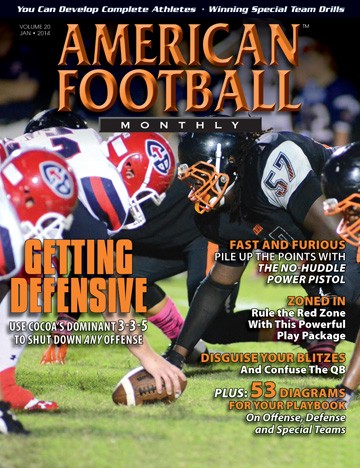Article CategoriesAFM Magazine
|
Drills Report: Complete Special Teams Drillsby: Tom Watts - Head Coach, Ohio Wesleyan Universityand Matt Brown, Assistant Coach, Franklin College © More from this issue Kickoff, kick return, punt return, field goal, and field goal block teams all need specific drills. Special teams is the most overlooked facet of the game. Drastic improvements can be made if you are willing to put the time into improving your kicking game. There are plenty of drills out there and you may already use some of them that are not mentioned here. The most important thing is that you set aside time for practice and film study.
|
|
|||||||
| HOME |
MAGAZINE |
SUBSCRIBE | ONLINE COLUMNISTS | COACHING VIDEOS |
Copyright 2026, AmericanFootballMonthly.com
All Rights Reserved





